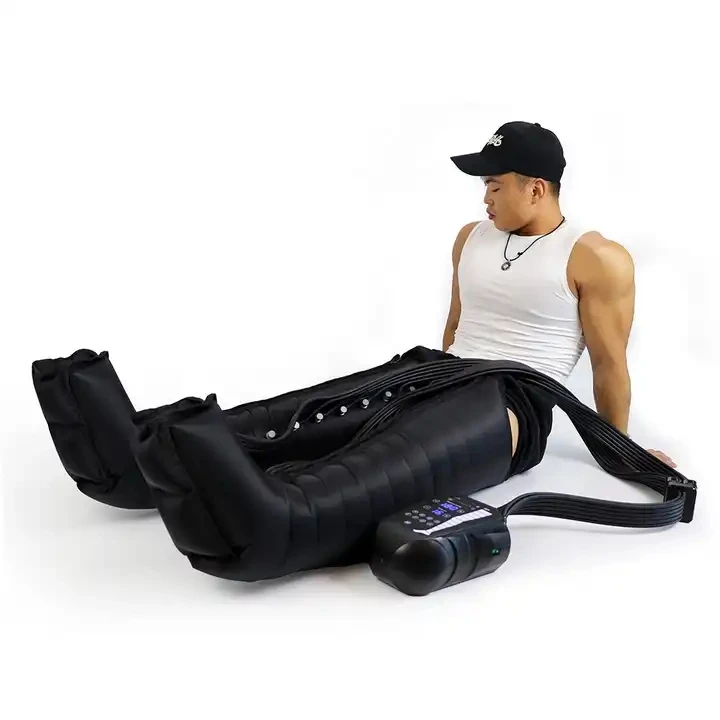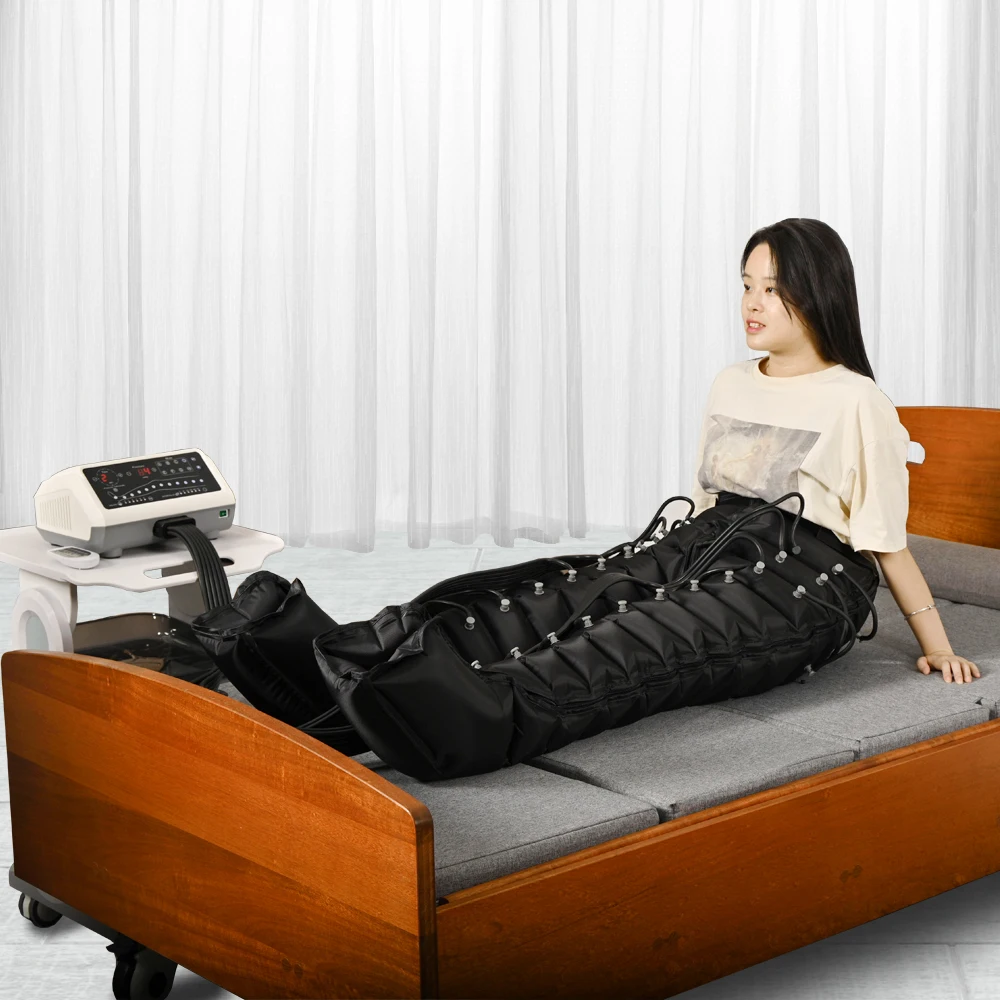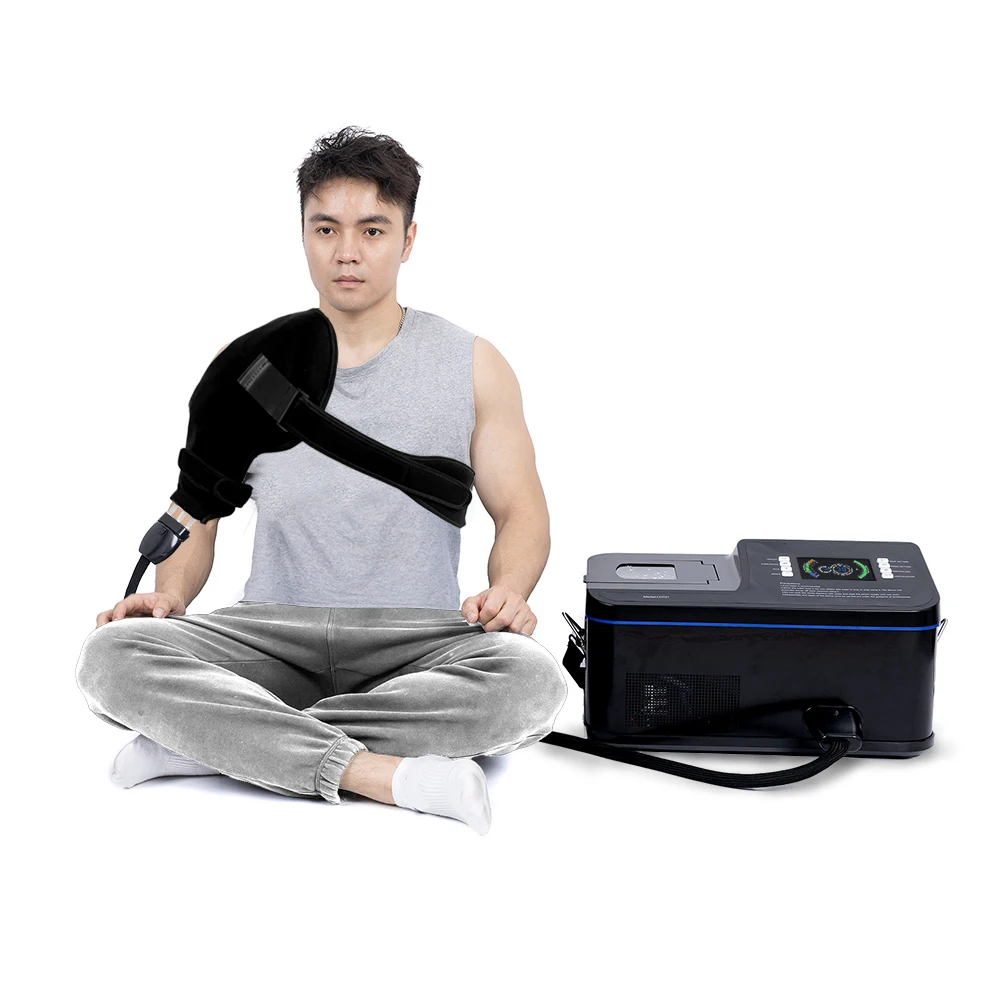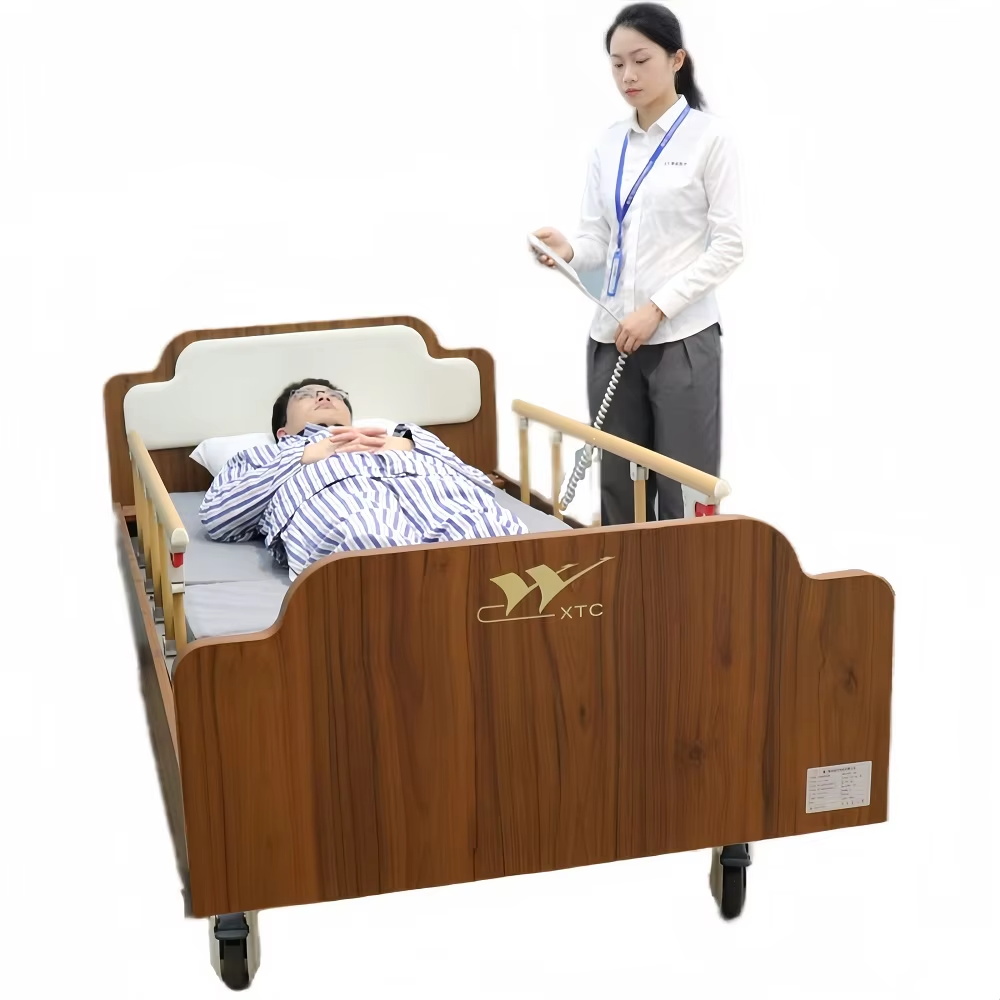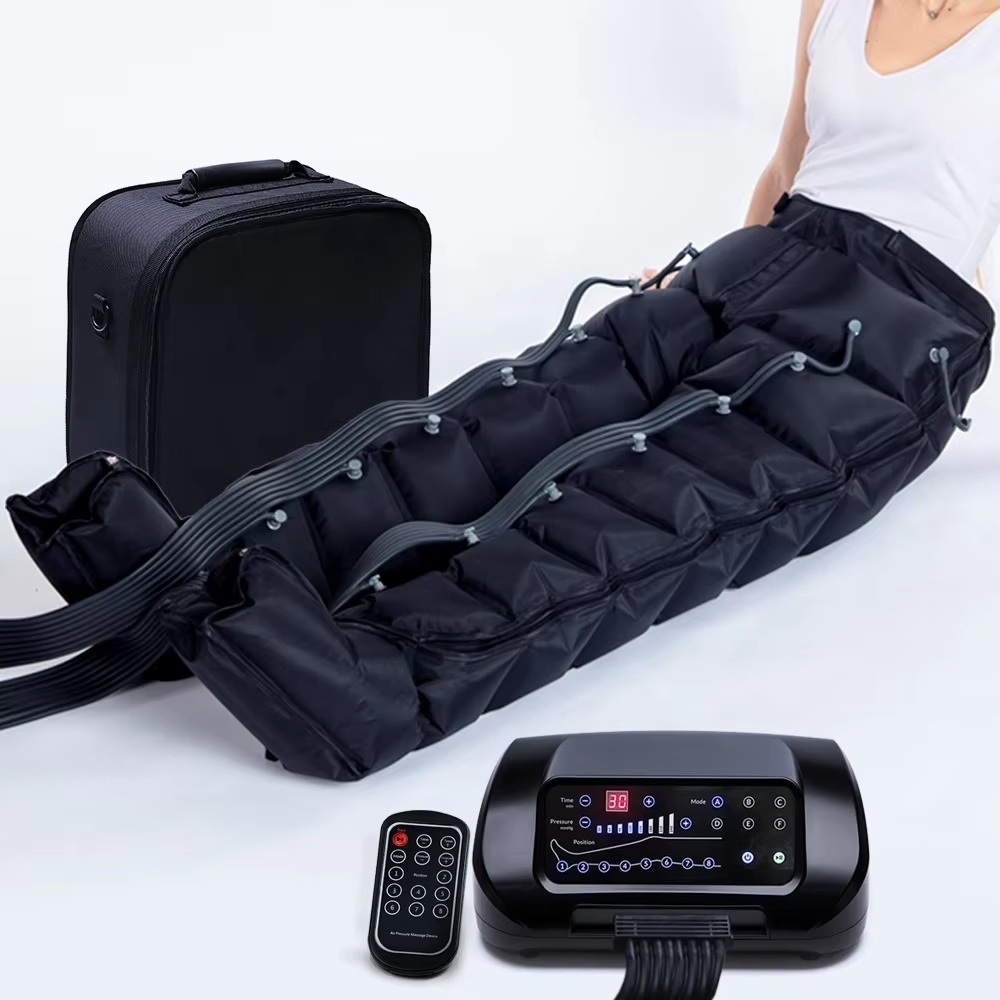רפואת גופנית לכתף קפואה
פיזיותרפיה לכתף קפואה היא גישה מקיפה לשיקום שנועדה לטפל בקפסוליטיס דביקה, מידה המתבטאת בכאבים ובהגבלה בתقופת התנועה של מפרק הכתף. התערבות טיפולית זו משלבת טכניקות ותרגילים מבוססי ראיות שונים כדי לשחזר תנועתיות ולצמצם את אי הנוחות. הטיפול מתחיל בדרך כלל בהערכה מדוקדקת של מצב המטופל, הכוללת מדידת טווח התנועה והערכת הכאב. התרפיה כוללת תרגילי מתיחה עדינים, טכניקות נעילה של המפרקים ותרגילי חיזוק בהדרגה, המותאמים לכל שלב של המחלה. המטפלים משתמשים בציוד מיוחד כגון סרטים עמידים, גלגלי שיניים ומכשירי אולטראסאונד טיפוליים כדי לקדם ריפוי ולשפר את מנגנוני המפרק. פרוטוקול הטיפול כולל בדרך כלל תנועות פעילות וסבילות, תוך התקדמות הדרגתית מתרגילי תנועתיות בסיסיים לתנועות פונקציונליות מורכבות יותר. טיפול בחום נערך לעתים קרובות לפני התרגילים כדי לשפר את האלסטיות של הרקמות, בעוד שטיפול בקרח עשוי להיעשות לאחר מכן כדי לשלוט בדלקת. התוכנית מדגישה גם הדרכת מטופלים, תוך imparting תנוחה נכונה, מכניקת גוף וטכניקות תרגול בית כדי לתמוך בהחלמה מתמשכת. תדירות הטיפול נעה בדרך כלל בין 2-3 ישיבות בשבוע, לאורך 12-16 שבועות, אם כי זה עלול להשתנות בהתאם להתקדמות הפרטית ולחומרת המחלה.

